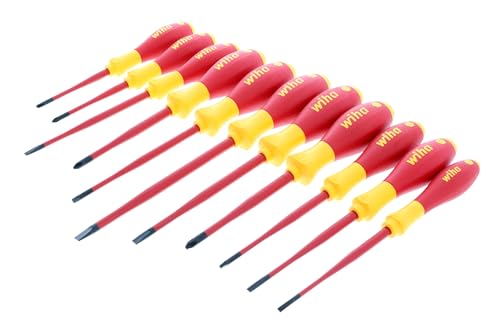

The prime factor for malfunctions typically lies in inadequate maintenance. Regularly flushing the system with clean water can prevent debris accumulation that leads to clogging. I recommend performing this task after every few uses, especially if you frequently work in dusty or dirty environments. Additionally, using the appropriate detergent is crucial; excessive or incorrect soap can degrade internal components over time.
Another prevalent issue stems from overheating. It’s advisable to avoid continuous operation beyond the manufacturer’s suggested runtime. Prolonged use can strain the internal mechanisms, leading to premature wear and tear. Investing in a model with thermal relief features can significantly mitigate this risk, allowing for safe operation without overheating concerns.
Moreover, ensuring proper alignment during setup is essential. Misalignment can cause significant strain on shaft components, leading to eventual breakdowns. Regularly check and adjust connections to guarantee everything is in optimal position before starting work. Taking small precautions can greatly extend the lifespan of your equipment.
Lastly, storing your unit correctly during off-seasons is paramount. Protecting it from extreme temperatures and moisture prevents rust and other forms of deterioration. I advise using a protective cover and keeping the unit in a climate-controlled area whenever possible. These measures collectively contribute to enhanced longevity and reliability.
Common Causes of Pressure Cleaner Pump Breakdown
One primary reason for pump breakdowns stems from inadequate lubrication. Regularly checking and replacing lubricants according to the manufacturer’s specifications can prevent severe damage and prolong the lifespan of the equipment.
Overheating Issues
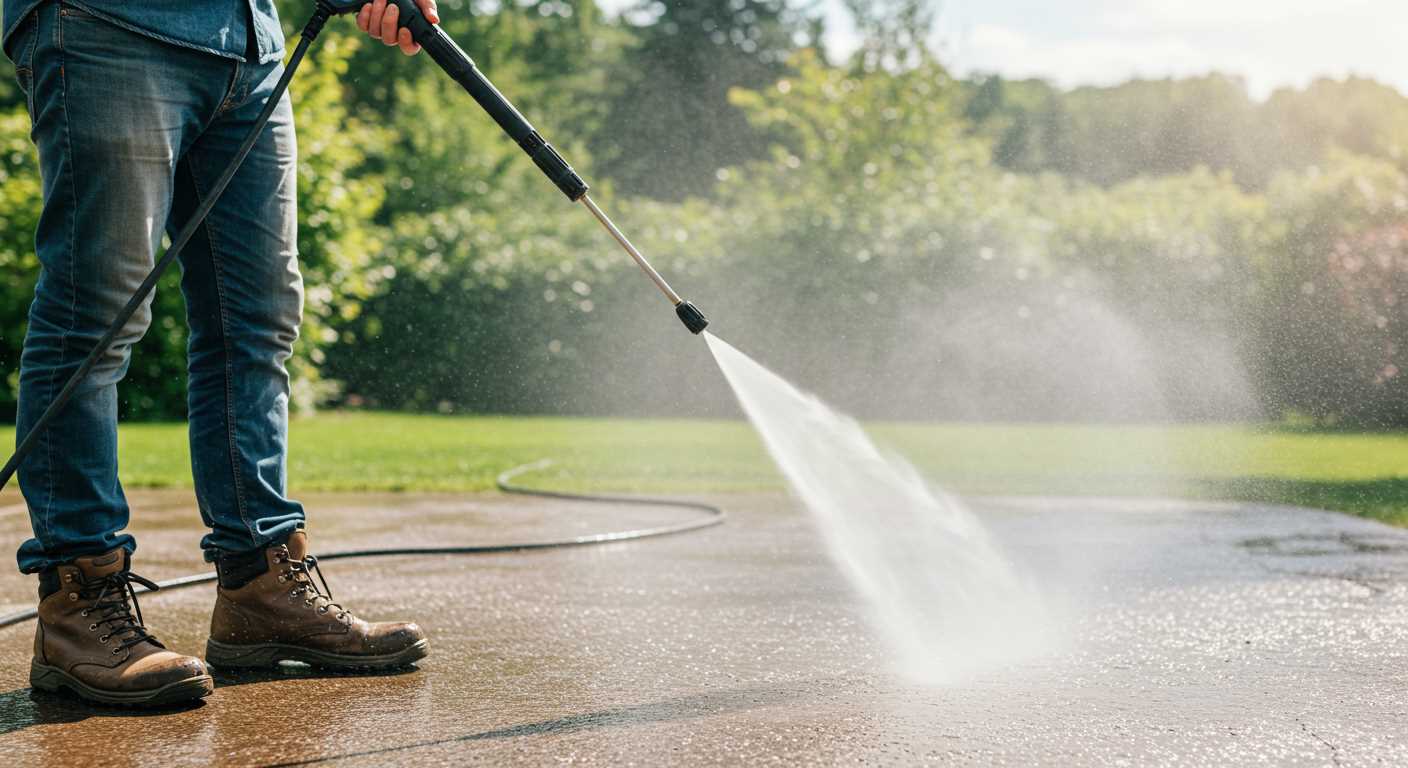
Overheating can arise from prolonged use without breaks or clogged inlet filters. Always ensure filters are clean and take breaks to allow the unit to cool down. This simple practice can significantly extend operational life.
Contaminated Water Intake
Using contaminated water can introduce debris and sediments, which might cause significant internal wear. Utilising a fine mesh filter can mitigate this risk. Regular maintenance checks for blockages in the system are equally important.
Another common factor is the use of improper nozzles or attachments. Always match the nozzle with the recommended specifications to avoid putting undue strain on the motor and internal components.
Lastly, environmental conditions play a major role. Extreme temperatures or excess humidity can negatively affect pump performance. Storing the equipment in a controlled environment can help maintain its integrity and efficiency.
Signs that your pressure cleaning system’s pump is struggling
Identify these indicators to determine whether the pump is experiencing issues:
- Loss of water pressure: Noticeable drops in pressure during operation may suggest internal damage or wear in the pump components.
- Strange noises: Unusual sounds like grinding, squeaking, or rattling could indicate mechanical failures or parts that require lubrication.
- Leaks: Water pooling around the unit often points to a failing seal or gasket, necessitating immediate inspection.
- Overheating: Excessive heat during operation indicates that the pump might be working harder than it should, possibly due to blockages or wear.
- Vibration: Increased vibration levels can suggest misalignment or imbalance within the pump assembly.
Monitoring these signs can help catch problems early, potentially saving you time and money on repairs or replacements.
Impact of Improper Maintenance on Pump Longevity
.jpg)
Neglecting regular upkeep drastically shortens the lifespan of your cleaning equipment. A consistent maintenance schedule is fundamental; without it, wear and tear accumulates, leading to significant damage over time. For example, failing to clean the inlet filter can cause debris to enter the pump, resulting in blockages and increased pressure, which may destroy internal components.
Consequences of Inadequate Care
Using unsuitable fluids, such as non-recommended detergents, can lead to component corrosion and seal degradation. Additionally, operating under excessive temperatures without proper cooling can stress parts, potentially leading to cracks in the casing or other critical issues. It’s crucial to drain water after use, especially in colder climates, to prevent freezing and cracking.
Proactive Measures
Implementing a simple routine of checking oil levels, inspecting hoses for leaks, and replacing worn seals can extend functionality significantly. Regularly flushing the system with clean water helps to eliminate buildup and maintain optimal performance. Spending a little time on preventive measures pays off by enhancing efficiency and minimising repair costs down the line.
How temperature variations affect pump performance
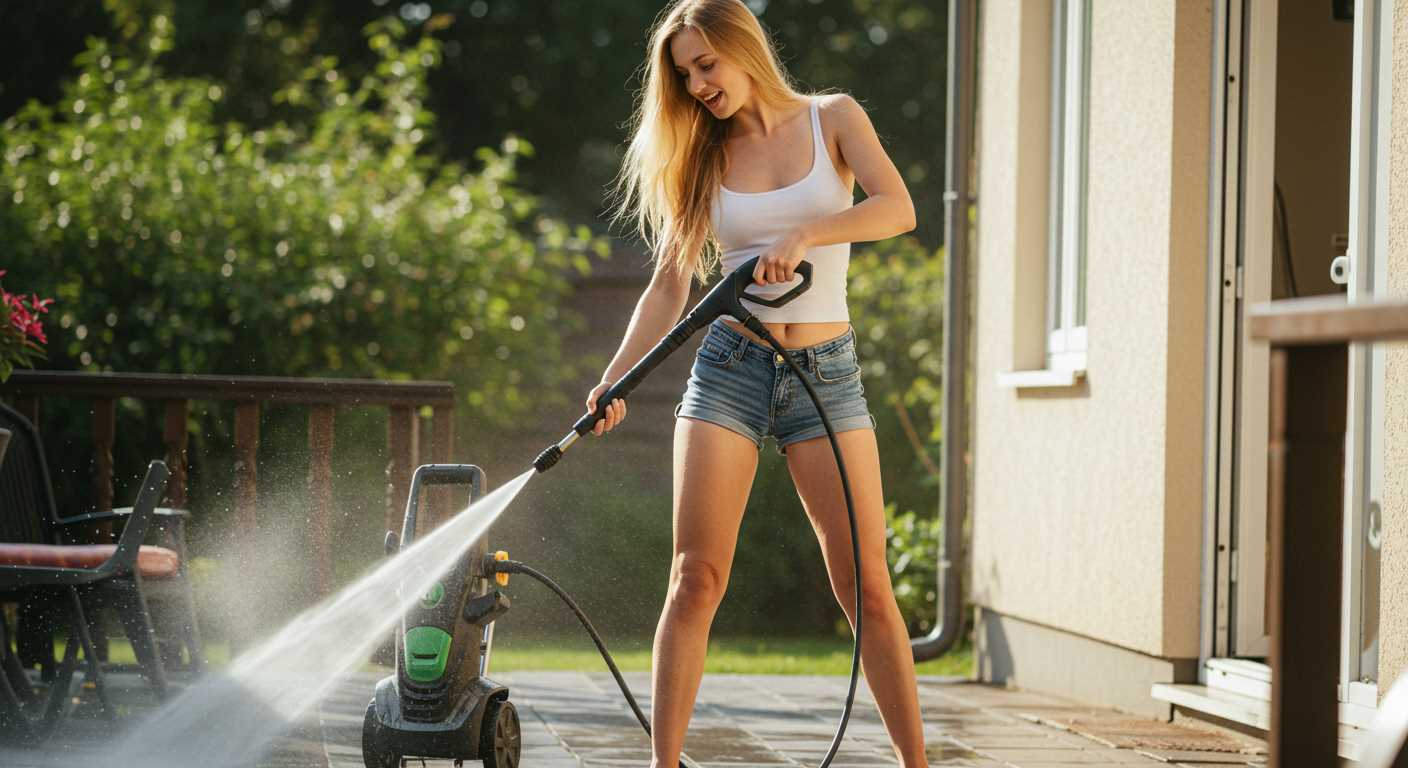
Operating these machines within optimal temperature ranges is critical. High ambient temperatures can lead to overheating, which stresses the internal components, resulting in premature wear or even catastrophic failure. I recommend monitoring the environment where these machines operate. Ideally, they should function in temperatures between 0°C and 40°C. Exceeding this range may compromise seal integrity and fluid viscosity, which directly impairs efficiency.
Conversely, colder temperatures can cause fluid thickening, making it harder for the system to achieve intended pressures. This can result in sluggish operation and increased strain on motor components. It’s prudent to ensure that any equipment used in low temperatures is suited for such conditions, often labelled as winter or low-temperature formulations.
When temperatures fluctuate significantly, it leads to thermal expansion and contraction of materials. This cycle can loosen seals and fittings, creating leaks and diminishing performance. Regular inspections for integrity in seals and connections, especially after extreme temperature changes, can prolong functionality.
In summary, maintaining consistent operating conditions mitigates risks associated with temperature extremes. Regular maintenance checks and adaptations to seasonal changes will enhance longevity and reliability of operation. Pay attention to the specifications outlined by manufacturers regarding recommended temperature limits to maximise effectiveness.
Importance of Using the Right Detergent for Pump Health
Choosing the appropriate cleaning agent directly impacts the longevity of the unit. Not all detergents are formulated to work with every model, and using incompatible products can lead to premature wear and malfunction.
Specific Recommendations
- Select detergents that are specifically designed for cleaning equipment. Generic or household cleaners often contain harsh chemicals that can damage internal components.
- Ensure the detergent is compatible with the type of surface you are cleaning. For instance, some surfaces may react negatively to certain ingredients.
- Always follow the manufacturer’s guidelines regarding dilution ratios. Over-concentration can lead to clogged nozzles and other performance issues.
Benefits of the Right Detergent
Using a suitable detergent enhances efficiency by facilitating the cleaning process, reducing the need for excessive pressure. This lower pressure translates to less strain on all mechanical parts, preserving their functionality.
- Effective removal of dirt and grime without aggressive force reduces the risk of damaging the unit.
- Some detergents contain corrosion inhibitors that protect internal components from wear, extending their lifespan.
- Proper detergents often enhance the cleaning action, allowing you to achieve better results faster, which can save both time and resources.
Regularly assessing and adjusting your cleaning routine according to the type of detergent used is key in maintaining optimal performance. The right choice can make a significant difference in avoiding breakdowns and ensuring your equipment operates smoothly for years to come.
Consequences of Using Low-Quality Replacement Parts
Using subpar replacement components can lead to severe repercussions for your cleaning equipment, significantly diminishing performance and longevity.
Common Issues Arising from Poor-Quality Parts
Low-quality parts often result in incompatible fittings, which can cause leaks, leading to reduced pressure and inefficient operation. These leaks not only waste water but can also strain the motor, potentially causing overheating and early burnout.
Inferior materials tend to wear down quickly, necessitating more frequent replacements. This continual cycle of repairs can accumulate costs far exceeding those of original parts. Additionally, low-grade seals and gaskets may fail prematurely, allowing contaminants to enter the internals, which compromises system integrity and can cause catastrophic damage.
Impact on Warranty and Product Reliability
Utilising non-genuine components can void warranties, leaving you financially exposed in the event of equipment failure. Manufacturers typically design their models to operate optimally with specific parts; deviating from this can lead to inconsistencies in performance and reliability.
| Consequence | Description |
|---|---|
| Leaks | Reduced efficiency and waste of resources. |
| Increased wear | Frequent breakdowns and higher repair costs. |
| Warranty issues | Potential to void guarantees and incur costs. |
| Contaminant entry | Internal damage leading to expensive repairs. |
To maintain optimal functionality and avoid unnecessary expenses, always invest in high-quality, manufacturer-recommended replacement parts. Such an approach not only preserves equipment reliability but also safeguards your investment in the long run.
Understanding the role of water supply in pump reliability
Ensuring a consistent and adequate water supply directly impacts the longevity and performance of any cleaning device. I recommend using a water source that provides a minimum flow rate of 2-3 gallons per minute and a pressure of at least 20 psi. Insufficient flow can lead to cavitation, which damages internal components by creating air bubbles. This can compromise the efficiency and lifespan of the mechanism.
Always check for any obstructions in hoses, filters, or connections that may restrict water intake. Using a quality inlet screen can help prevent debris from entering the system, maintaining optimal operation. Remember, clarity in water is equally important; contaminants can wear down seals and bearings, accelerating wear and tear.
Temperature of the water is another key factor. Cold water is generally preferred for most tasks, as hot or boiling water can degrade seals and internal parts, leading to premature breakdowns. If hot water is required, ensure the unit is specifically designed for such use.
Regularly inspect hoses for leaks or cracks, as these can impede water supply and place undue stress on the internal parts. I’ve noticed that ensuring fittings are tight can help prevent air intake, maintaining a stable water flow, and protecting the unit from damage.
In case of using a water tank, regularly monitor the tank for algae growth or sediment accumulation, which can block filters and restrict flow. Switching to a clean water source can drastically improve reliability and operational efficiency.
Steps to troubleshoot a malfunctioning cleaning equipment pump
Start by disconnecting the unit from the power source and water supply. This ensures safety during inspection. Check for visible damage or leaks around the pump area. Cracks or worn seals can lead to performance issues.
Examine the inlet filter for clogs. If debris is obstructing water flow, clean or replace the filter. Low water intake can significantly reduce efficiency.
Inspect the oil level and quality
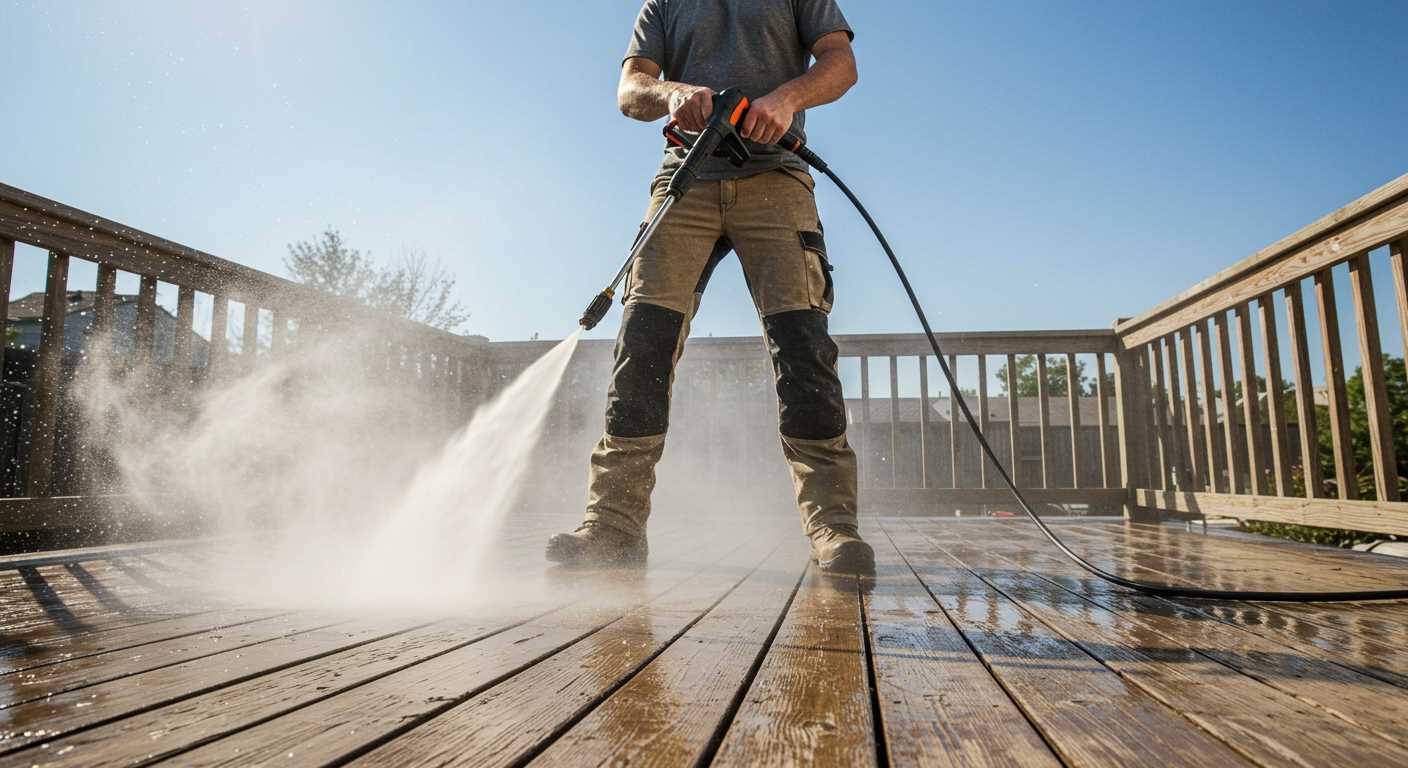
Oil in the crankcase should meet the manufacturer’s specifications. If the oil appears milky or dirty, it’s time for a change. This keeps the motor running smoothly and prolongs component life.
Test the water pressure and flow rate
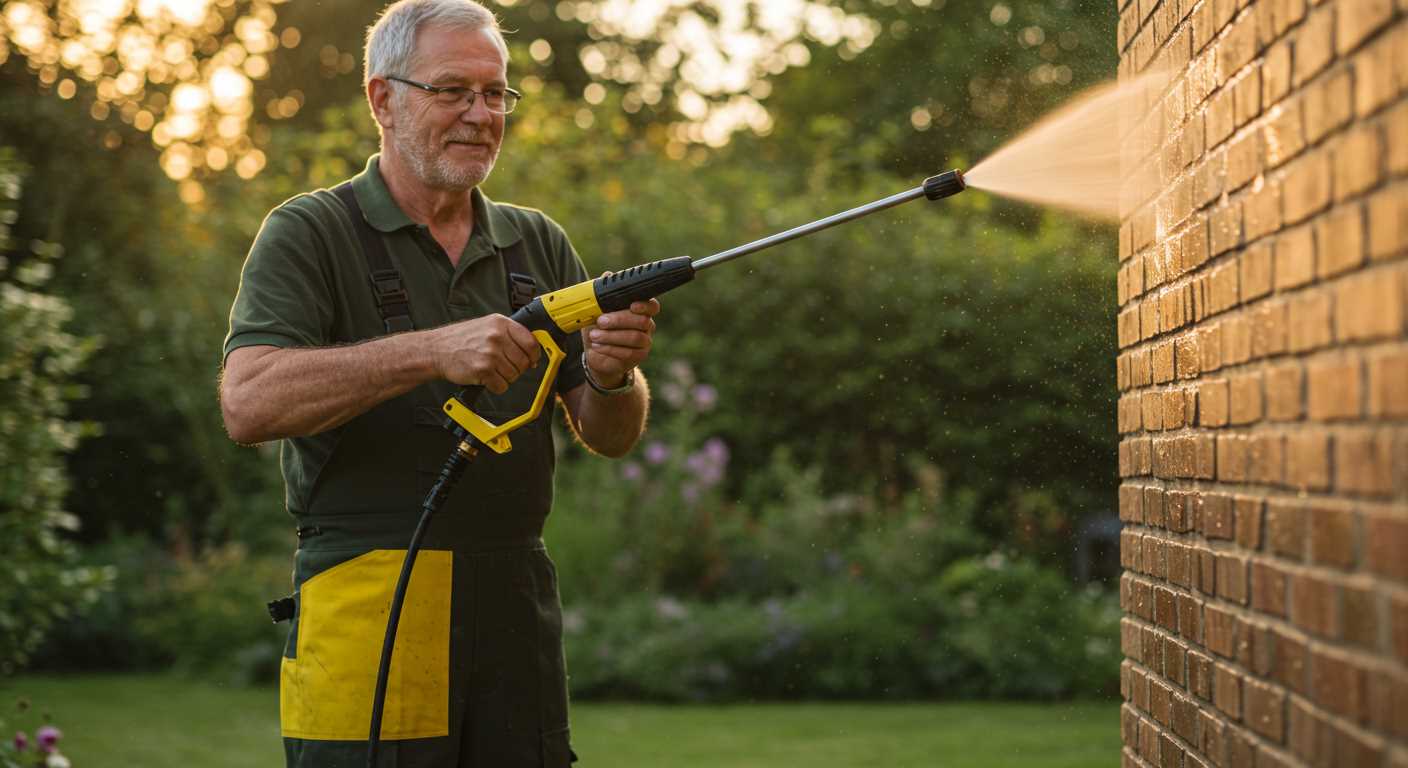
Using a flow meter, measure the water output. If it doesn’t match the required specifications, there may be municipal supply issues or internal blockages. Check hoses and connections for leaks or kinks that could impede flow.
Listen for unusual noises during operation. A grinding sound may indicate bearing issues, while high-pitched sounds could point to air in the lines. Trouble within the motor can often be diagnosed through these auditory cues.
Lastly, observe the detergent injection system. Verify that detergent is being mixed properly and not causing clogs. A malfunctioning injector can affect performance and lead to excessive residue buildup.
FAQ:
What are the main reasons behind pressure washer pump failures?
Pressure washer pumps can fail for several reasons. Common causes include overheating, which can occur if the pump is operated without enough water flow or if it runs for extended periods without breaks. Another frequent issue is a lack of maintenance, particularly neglecting to regularly change the oil or failing to clean filters and inlet screens. Additionally, contamination from debris or chemicals in the water supply can lead to pump damage. Finally, damage from freezing conditions can crack pump components, leading to leaks or complete failure.
How can I prevent my pressure washer pump from failing?
Preventing pressure washer pump failure involves a combination of regular maintenance and correct usage practices. First, always ensure that the pump is operated with adequate water supply; this includes using the correct hose size and avoiding kinks. Regularly checking and changing the oil as per the manufacturer’s guidelines is essential to keep the engine running smoothly. It’s also important to clean any filters and inspect hoses for wear or blockages. Finally, storing the pressure washer in a climate-controlled environment can protect it from freezing temperatures that could harm the pump components. Taking these preventive steps can significantly extend the life of your pressure washer pump.



